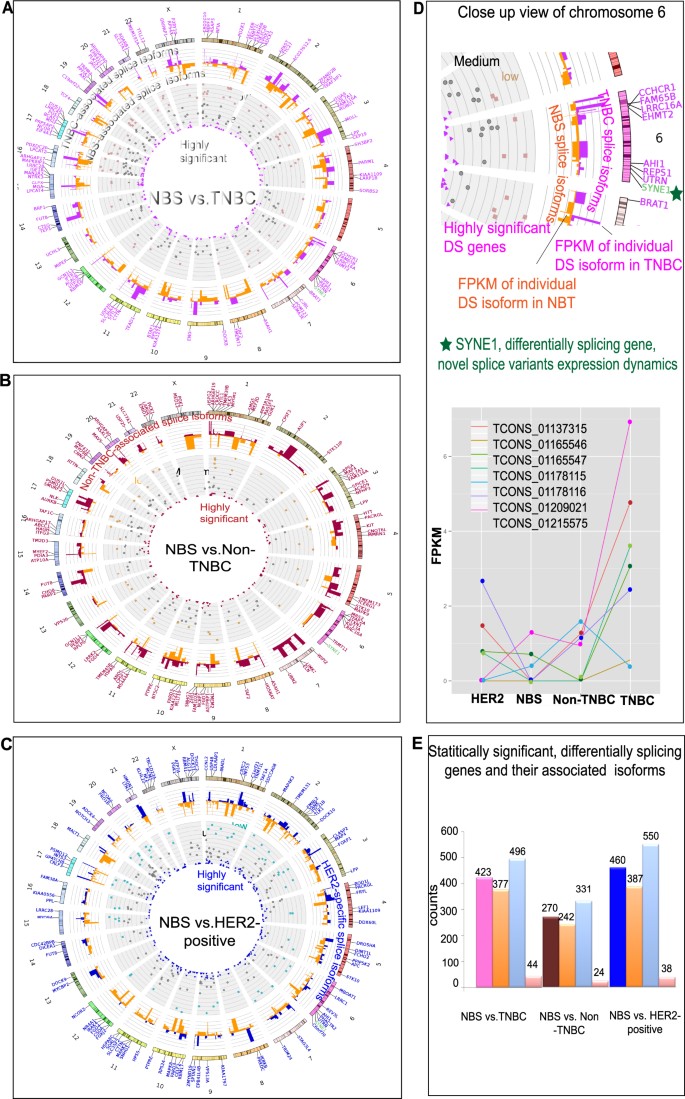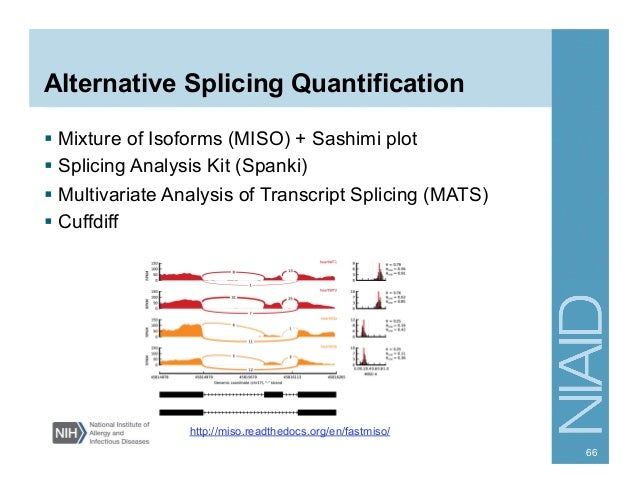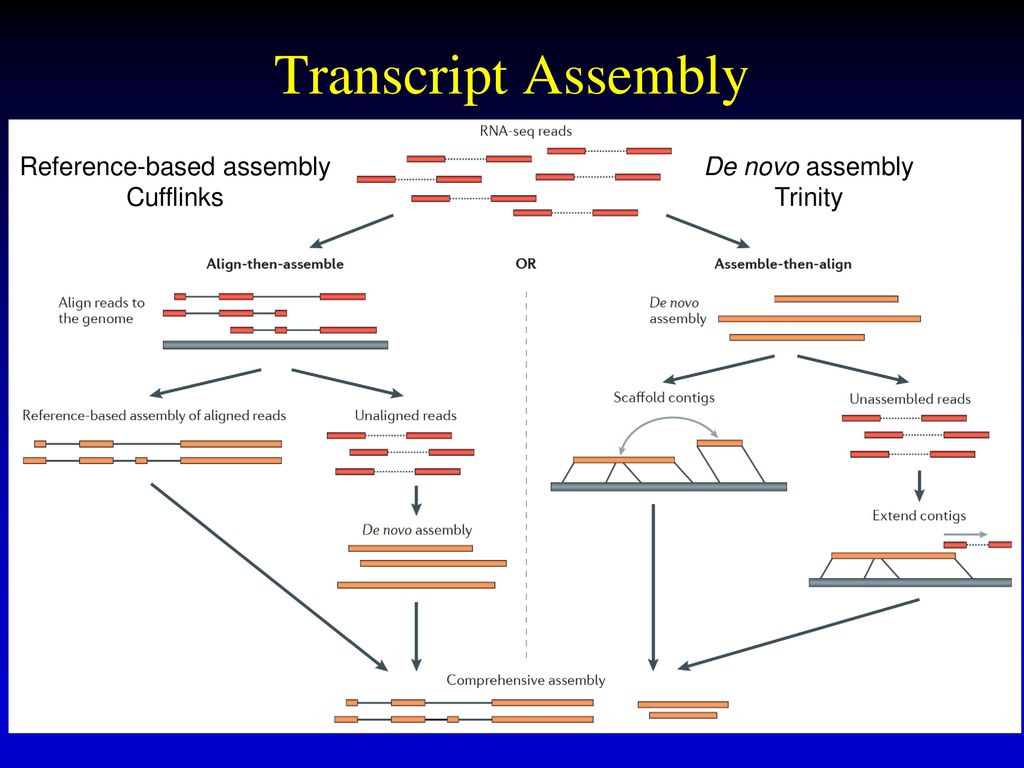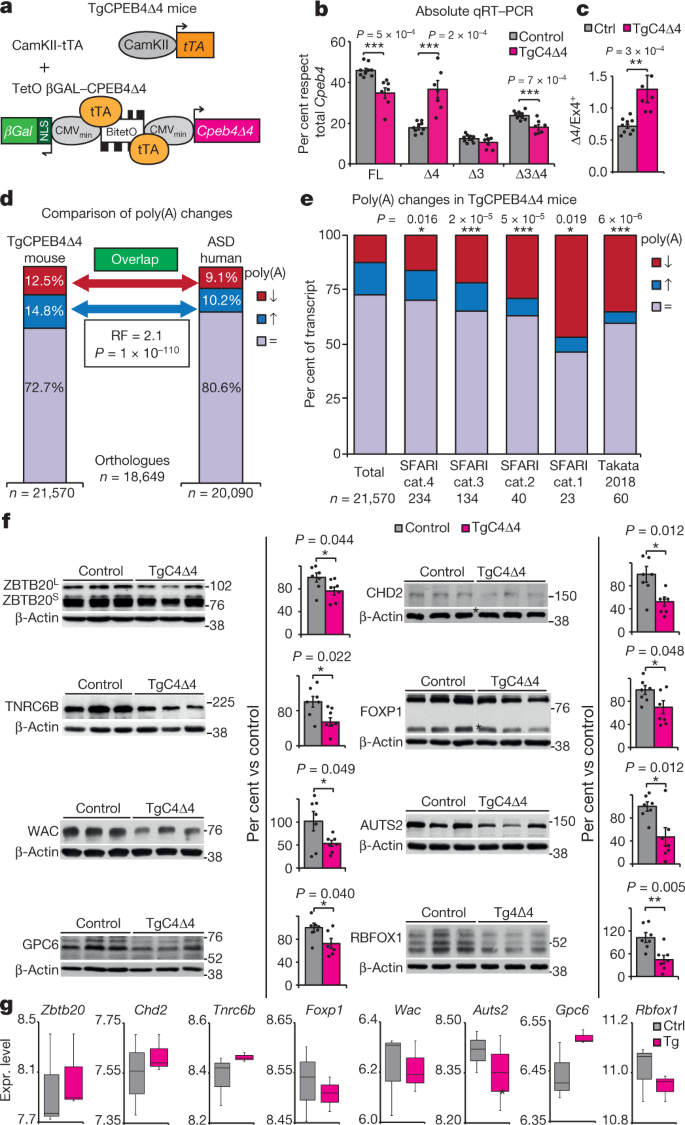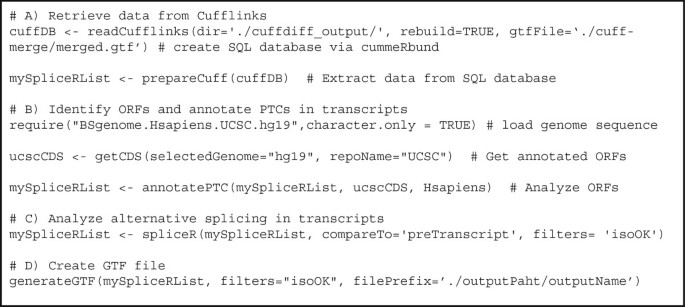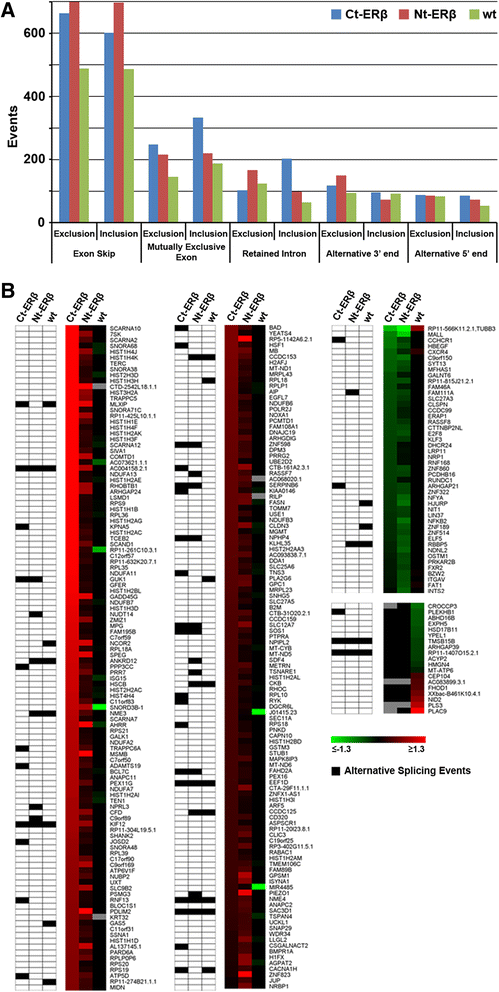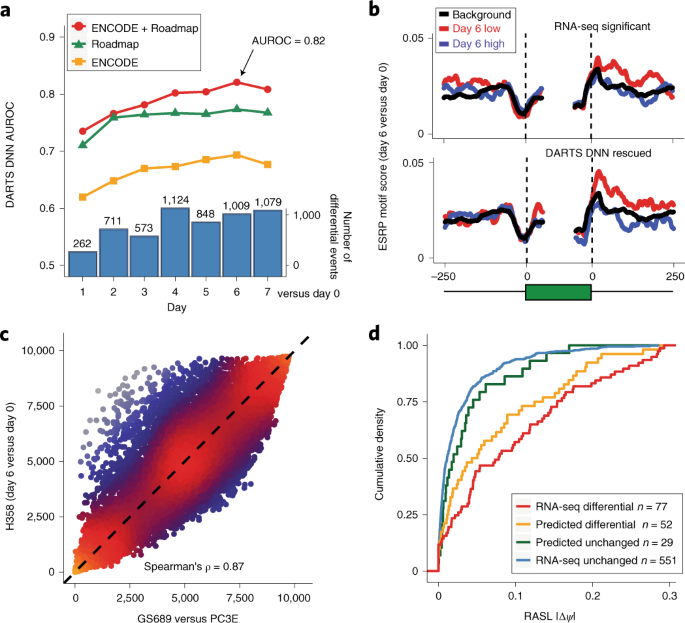Mats is a computational tool to detect differential alternative splicing events from rna seq data.
Multivariate analysis of transcript splicing mats r package.
We previously developed multivariate analysis of transcript splicing mats a method for detecting differential alternative splicing between two rna seq samples.
Here we report a new statistical model and computer program replicate mats rmats designed for analysis of replicate rna seq data.
We are planning to support various read length in the future.
The proposed test is optimal in the maximum average power.
We previously developed multivariate analysis of transcript splicing mats a statistical method for detecting differential alternative splicing between two rna seq samples.
It is for these reasons that it is the use of r for multivariate analysis that is illustrated in this book.
We develop mats multivariate analysis of transcript splicing a bayesian statistical framework for flexible hypothesis testing of differential alternative splicing patterns on rna seq data.
R is a statistical computing environment that is powerful exible and in addition has excellent graphical facilities.
The statistical model of mats calculates the p value and false discovery rate that the difference in the isoform ratio of a gene between two conditions exceeds a given user defined threshold.
In this book we concentrate on what might be termed the core or clas.
We implement this approach in the r package.
We develop a statistical framework that uses a distance based approach to compute the variability of splicing ratios across observations and a non parametric analogue to multivariate analysis of variance.
Meanwhile users can use trimfastq py tool included in the mats package to trim the reads to the same length.
Mats multivariate analysis of transcript splicing mats.
Does mats handle samples with different read length.
We develop mats multivariate analysis of transcript splicing a bayesian statistical framework for flexible hypothesis testing of differential alternative splicing patterns on rna seq data.
Mats currently requires all the read lengths to be the same.
Out using the same package.
Ultra deep rna sequencing has become a powerful approach for genome wide analysis of pre mrna alternative splicing.
A major application of rna seq is to detect differential alternative splicing i e differences in exon splicing patterns among different biological conditions.
Ultra deep rna sequencing has become a powerful approach for genome wide analysis of pre mrna alternative splicing.
